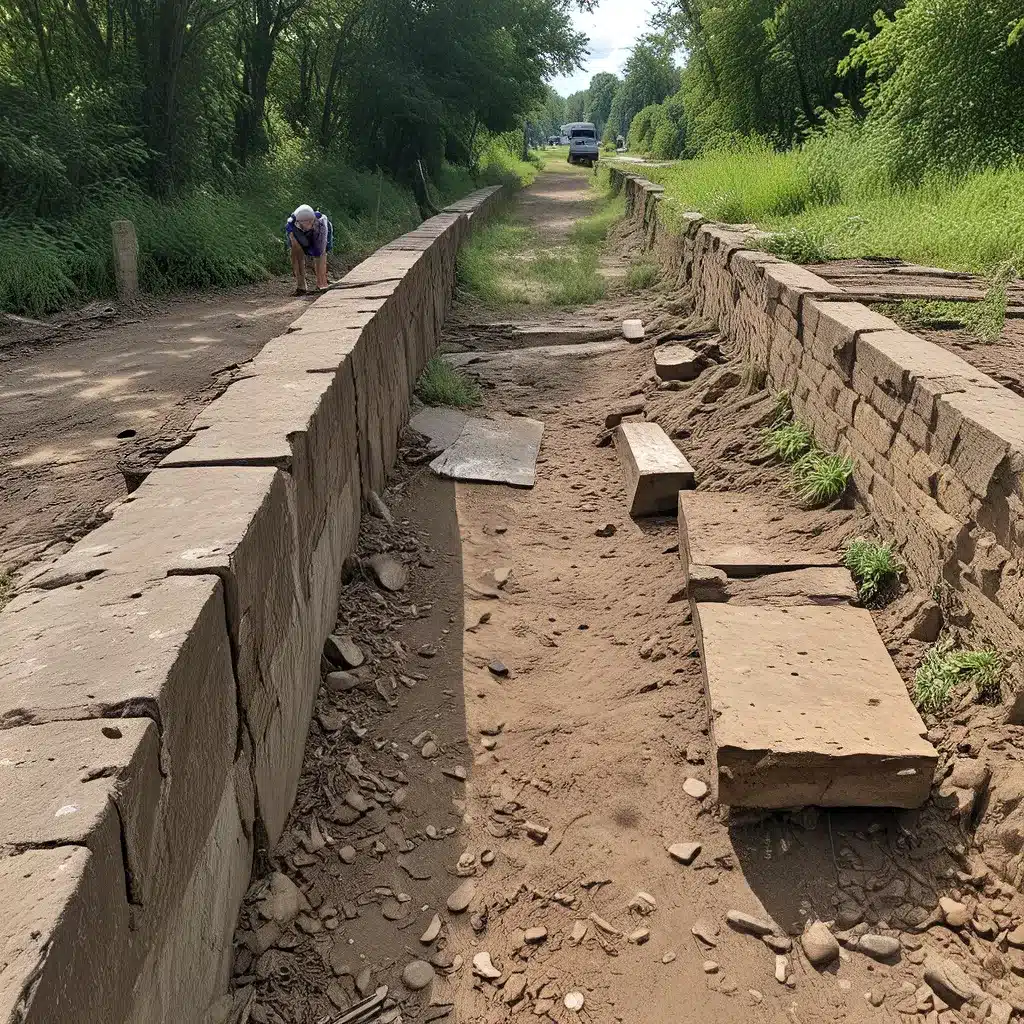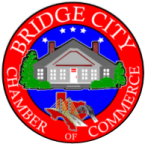
Uncovering the Forgotten Histories of the Pacific Northwest
As I gaze out over the bustling streets of Bridge City, it’s hard to imagine the rich tapestry of stories that lie beneath the surface. Growing up here, I’ll admit I was always a bit oblivious to the hidden histories that shaped this place. Like many, I recall the sanitized version of local history that was fed to me in school – a tidy narrative of homesteaders, loggers, and the occasional nod to Native American traditions. But the true tales of Bridge City’s past, the ones that truly captivated and inspired, seemed to have been buried, waiting to be unearthed.
Lifting the Veil on Racial Injustice
It wasn’t until I came across Washington State Rising, an eye-opening account of the Black Power movement in the Pacific Northwest, that the scales truly fell from my eyes. As the granddaughter of Southern sharecroppers who migrated to Seattle during the Great Migration, I had always wondered about the 20th-century histories of Black Washingtonians.
The book’s revelations were nothing short of… well, revolutionary. It turns out that the liberal utopia of Washington that had been so often touted was not quite the harmonious, discrimination-free haven it was made out to be. Black residents in Seattle and across the state faced very real and pervasive forms of racism, from segregated schools to discriminatory hiring practices.
“Washington didn’t have Jim Crow laws, but as Black Americans moved to Seattle and exponentially grew their percentage of the population, they were presented with the stark reality that Jim Crow was still in practice.”
The accounts of the Black Student Unions (BSUs) at the University of Washington and Washington State University, and their tireless efforts to combat this injustice, were particularly inspiring. These young activists, hailing from diverse backgrounds, banded together to demand meaningful change – from increasing representation in decision-making to incorporating BIPOC narratives into the curriculum.
Their struggles were not easy, but their determination and radical vision for a more equitable future paved the way for generations to come. It’s a testament to the power of grassroots organizing and the profound impact a small group of passionate individuals can have, even in the face of overwhelming odds.
Rediscovering the Vibrant Hip-Hop Scene
As I delved deeper into the hidden histories of the Pacific Northwest, another revelation came to light – the rich and vibrant hip-hop scene that had long been overlooked.
According to music historian Kevin Beacham, the Twin Cities and greater Minnesota region were vastly overlooked by the rest of the country when it came to the burgeoning hip-hop culture of the 80s and 90s. “Even in the Chicago area where I was located for most of that time, people weren’t thinking about what was happening in the Twin Cities – even Milwaukee was a distant thought to the Chicago scene,” he lamented.
But if you scratch beneath the surface, you’ll find a treasure trove of untold stories and hidden gems. Beacham is on a mission to uncover this lost musical history, scouring for everything from old reel-to-reel tapes to dusty boxes of vinyl, in the hopes of bringing these long-forgotten sounds back to life.
I can only imagine the incredible stories that lie within those artifacts – the hustle and passion of young artists carving out their place in a scene that refused to acknowledge their existence, the community-building that took place in basements and backrooms, the profound impact that this music had on the lives of its creators and listeners.
Uncovering the Secrets of Historic Maps
My fascination with Bridge City’s past took an unexpected turn when I stumbled upon the work of historian Philip Ivester and his quest to uncover the secrets hidden within the region’s historic maps.
Ivester’s tale of visiting the National Archives and Records Administration (NARA) in search of Cobb County’s cartographic treasures was nothing short of thrilling. As he pored over the detailed surveys and maps created during the Civil War, he discovered a wealth of information that had long been forgotten – from the intimate details of local landowners to the strategic positioning of troops during key battles.
“Accurate mapping of battlefields, terrain, topography, and vantage points proved to be a strategic advantage that determined the outcome of critical engagements.”
But the real gems, Ivester realized, were the maps that had never been digitized, the ones tucked away in the archives, waiting to be rediscovered. These were the maps that held the potential to unlock the hidden stories of Bridge City’s past, tales that had been obscured by the passage of time.
As I read Ivester’s account, I couldn’t help but feel a sense of excitement and anticipation. What other secrets might these historic maps hold? What forgotten narratives could they reveal about the people, places, and events that shaped the very fabric of this city?
Weaving the Threads of the Past
The more I learn about the hidden histories of Bridge City, the more I’m convinced that the true story of this place is far richer and more complex than the sanitized version we’ve been fed.
From the courageous efforts of Black activists battling against systemic racism to the vibrant, underground hip-hop scene that thrived in the shadows, there are countless untold tales waiting to be unearthed. And as Ivester’s work has shown, the key to unlocking these stories may very well lie in the faded lines and weathered pages of long-forgotten maps.
So, as I wander the streets of Bridge City, I can’t help but wonder what other secrets are waiting to be discovered. What stories are hidden in the nooks and crannies of this place, just waiting for someone to come along and piece them back together?
One thing is certain: the more we dig, the more we’re likely to uncover. And who knows what treasures might be waiting to be found, just beneath the surface of this city we call home.
The Bridge City Chamber of Commerce is dedicated to celebrating the rich history and vibrant diversity of our community. Join us as we continue to uncover the hidden stories that have shaped this place we call home.


